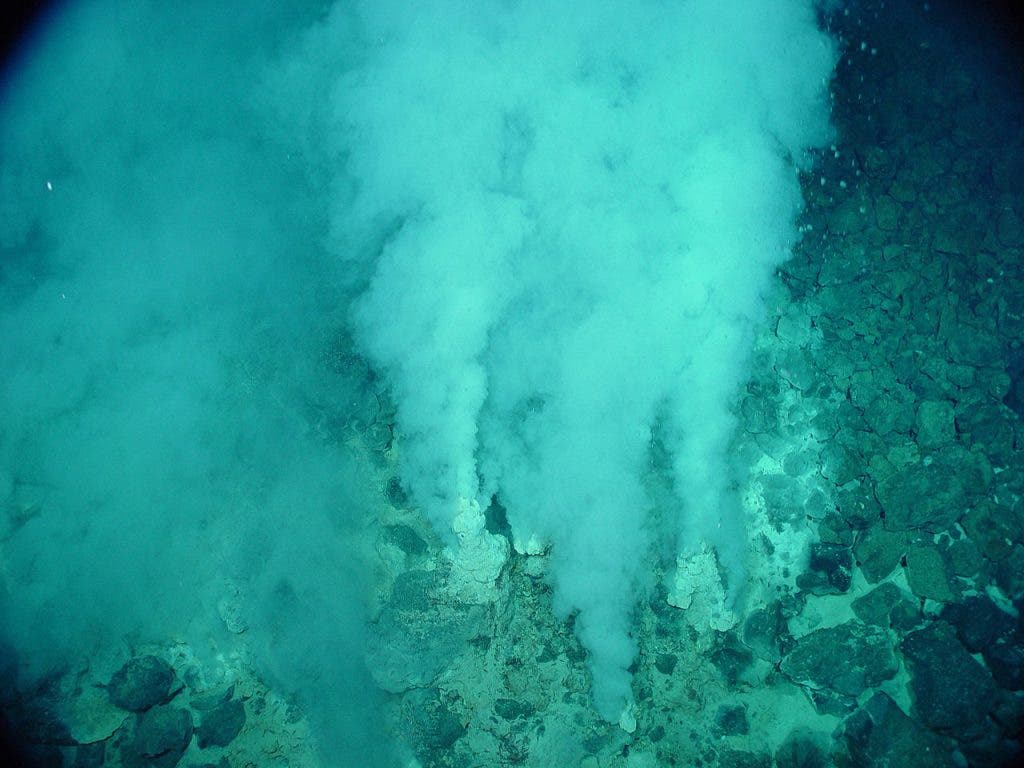A new study suggests that that the Last Universal Common Ancestor (LUCA) of all living things is a four-billion-year old single-celled organism that lived in extremely hot hydrothermal vents.

All of the living organisms on Earth can be separated into three basic categories: eukaryotes, bacteria, and archaea. While eukaryotes, which encompass all plants and animals, possess a nucleus and membrane-bound organelles, bacteria and archaea do not. Despite these differences, scientists believe that all of these three groups originated from a common ancestor, which the new data suggests is LUCA.
Comparison of protein-coding genes in bacteria and archaea led to the identification of 355 genes that likely originated in LUCA. Further examination revealed a gene that codes for the reverse gyrase enzyme, which is only found in microbes that exists in extreme temperature conditions.
The genetic profile created in the study suggests that LUCA lived in deep-sea vents of extremely hot temperatures where it metabolized hydrogen gas for energy due to the lack of available oxygen. This hydrogen gas was likely created by the geochemical activity in the Earth’s crust.
LUCA’s cellular structures were probably composed of “inert” gases such as carbon dioxide and nitrogen. Enzyme creation likely stemmed from iron due to its free availability, and the lack of oxygen means that it wouldn’t have been turned into insoluble rust.
The results are interesting to say the least, but there is still no way to directly verify them. However, the new information can be used to create experiments that simulate the conditions that LUCA thrived in and attempt to recreate primitive life, although given the extreme conditions of hydrothermal vents, this will be a difficult task.
Journal Reference: The physiology and habitat of the last universal common ancestor. 25 July 2016. 10.1038/nmicrobiol.2016.116
Was this helpful?